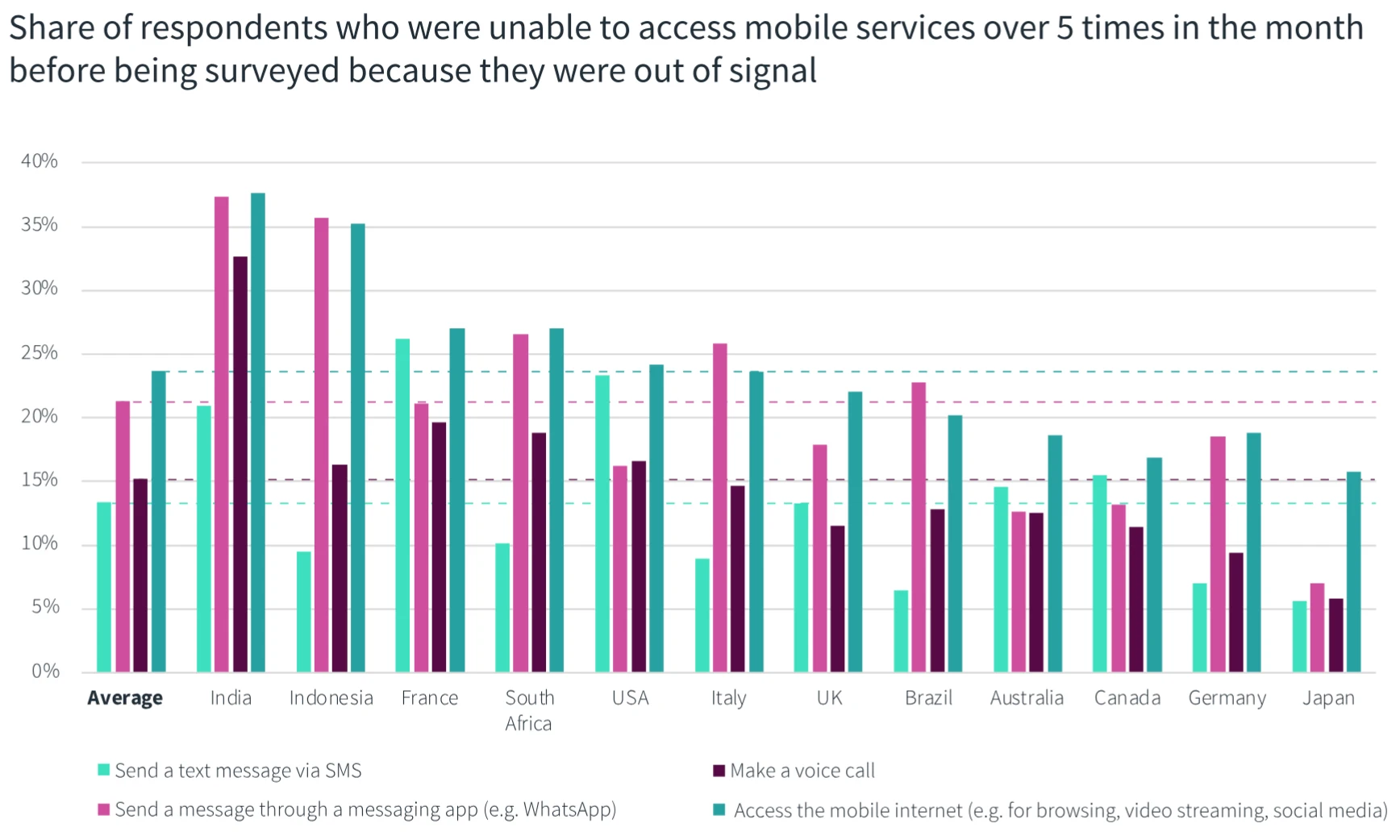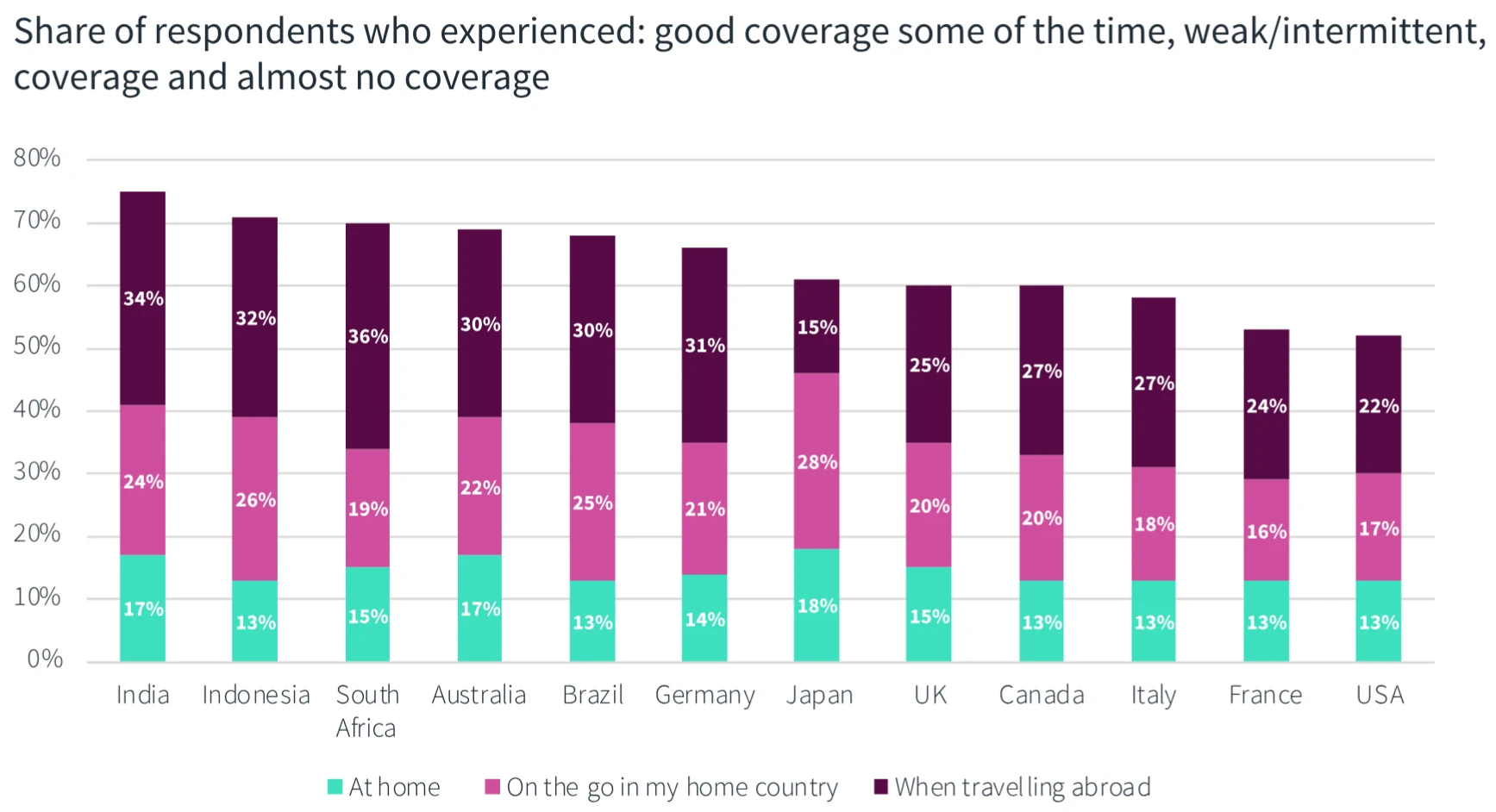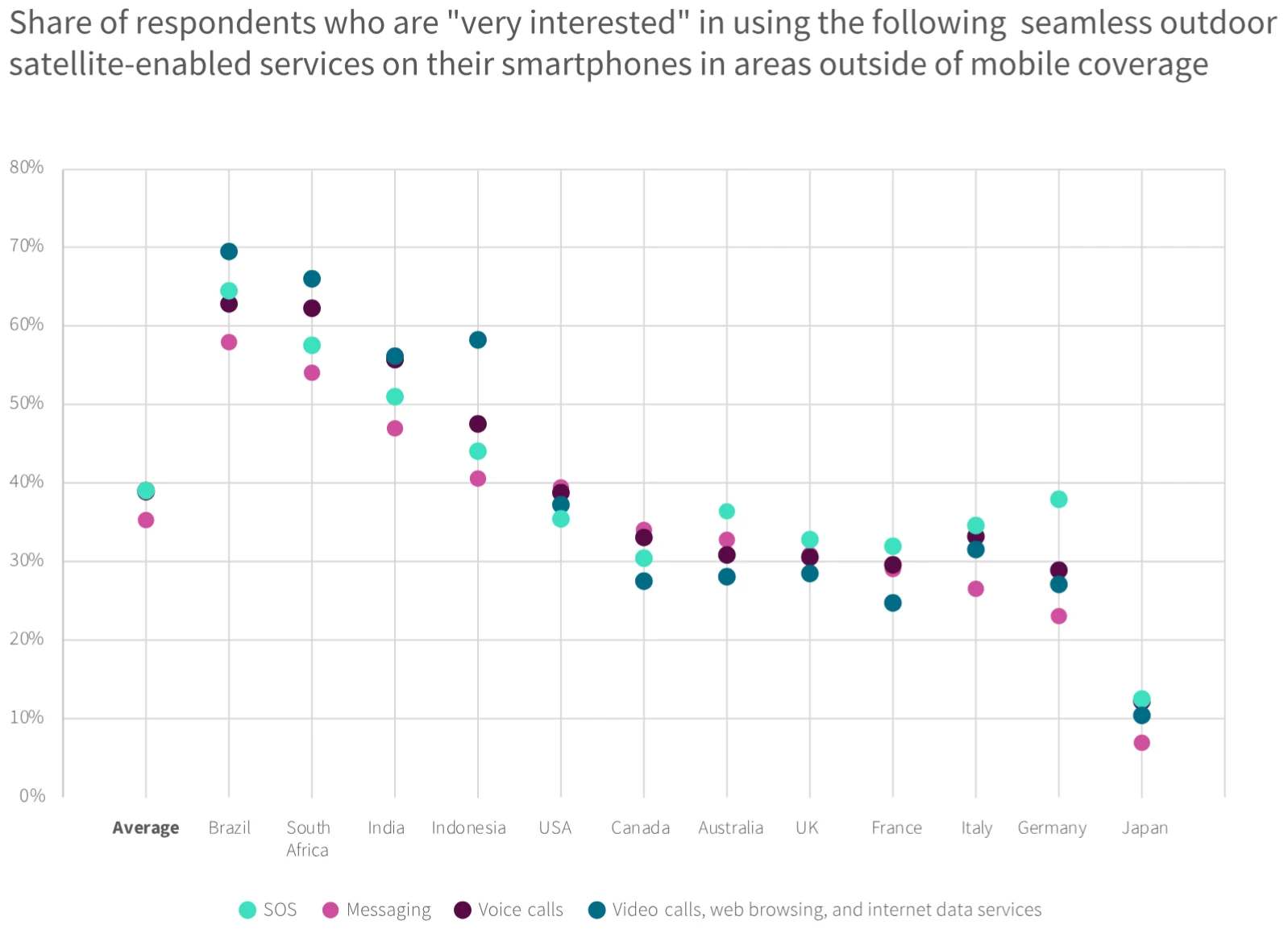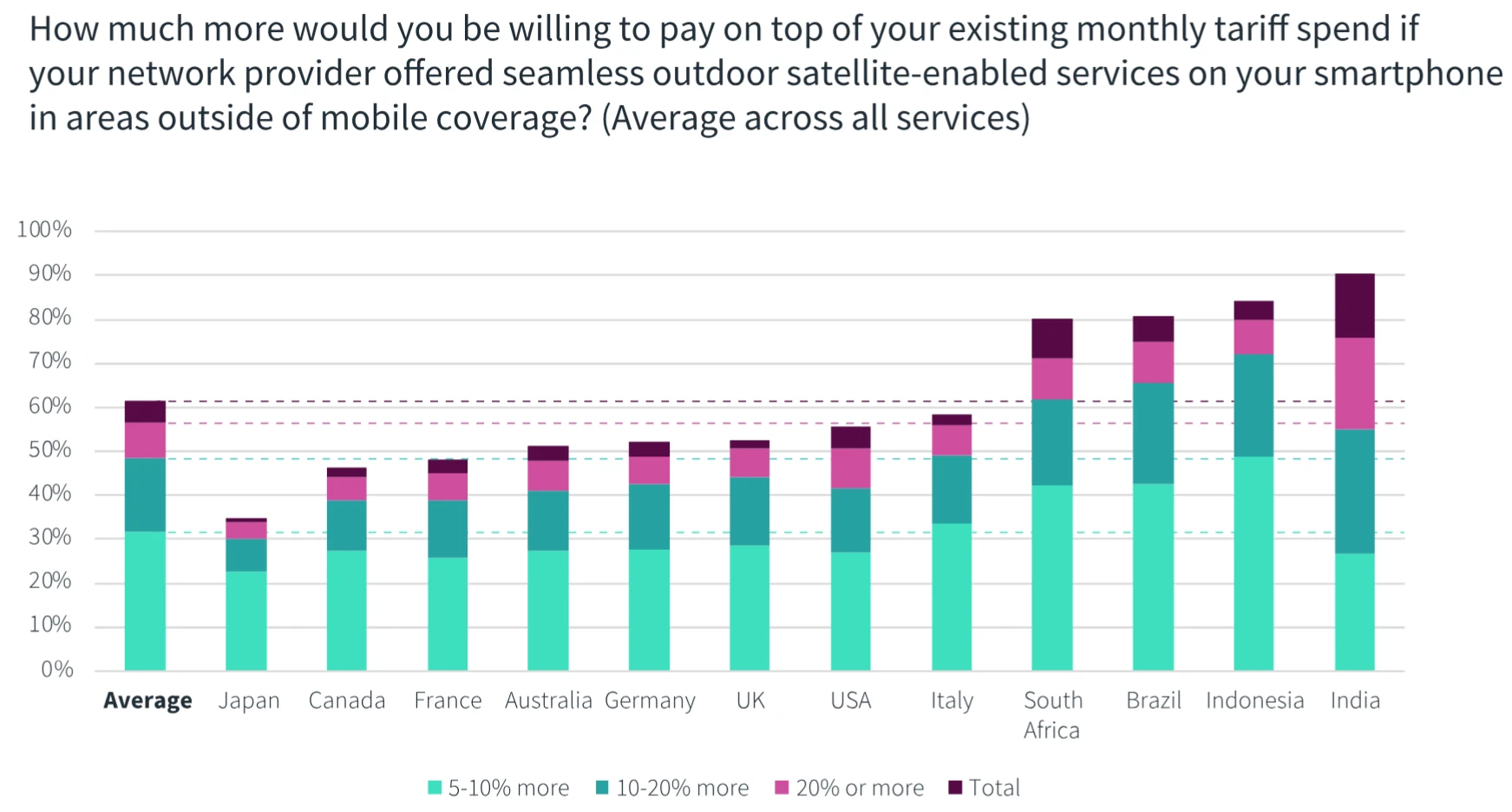Original article ISPreview UK:Read More
The UK telecoms regulator, Ofcom, has given its blessing to the “early 2026” introduction of short “notice, short duration licences” for outdoor and indoor use in the 2320-2340MHz radio spectrum band, which could support everything from pop-up 4G and 5G mobile (broadband) coverage to TV broadcasting etc.
The idea seems to be that companies and organisations could harness the spectrum to power temporary mobile networks (e.g. 4G and 5G), such as for news-gathering and broadcast of major events, sports coverage, pop-up mobile coverage and private network demonstrator events. Such solutions already exist (e.g. Cells on Wheels [CoW]), so this is extending that sort of capability.
“We expect that the new short notice, short duration licence product will be available to applicants from early 2026. We will provide an update on our PMSE licensing and Shared Access pages when the new product becomes available. Applications will initially be made through our usual PMSE licensing processes, although the product will be available to any user meeting the licence conditions,” said Ofcom’s statement.
Ofcoms Decision
We have decided to introduce a short notice, short duration licence for indoor and outdoor use in 2320-2340 MHz. The main features of this licence are:
• a simplified ‘pre-coordination’ process to protect existing users:
> we will use a mixture of pre-planned protection zones (e.g. around military and other public sector uses) and fixed separation distances (e.g. from Shared Access licensees) to coordinate users.
> new licensees will operate on a ‘non-interference, non-protection’ basis. Feedback from prospective licensees indicates that temporary users understand that they may need to take mitigating actions to protect other users where necessary.
• a maximum transmit power of 30 dBm Equivalent Isotropic Radiated Power (EIRP). Consultation responses confirm this maximum transmit power is suitable for most short duration uses, including wireless cameras and other localised or campus style networks. This power level also helps ensure the protection of other users sharing this spectrum.
• a maximum duration of fourteen-days. Keeping this period fairly short means that the licence is matched to the kind of short duration use cases we envisage. This limited time period also makes it possible for us to offer these licences outdoors (as well as indoors), while ensuring the longer-term needs of other users can still be protected.
• an expected licensing turnaround time of around 3 days. This turnaround time – which is quicker that than our Shared Access licensing process – is made possible by the simplified coordination approach and agile licence conditions that we are implementing.
• licence fee of £56 per 10 MHz for each 48 hours of use. This fee reflects our existing fee framework for programme making and special events (PMSE), and will keep costs relatively low, while incentivising short duration, agile use of the spectrum.




